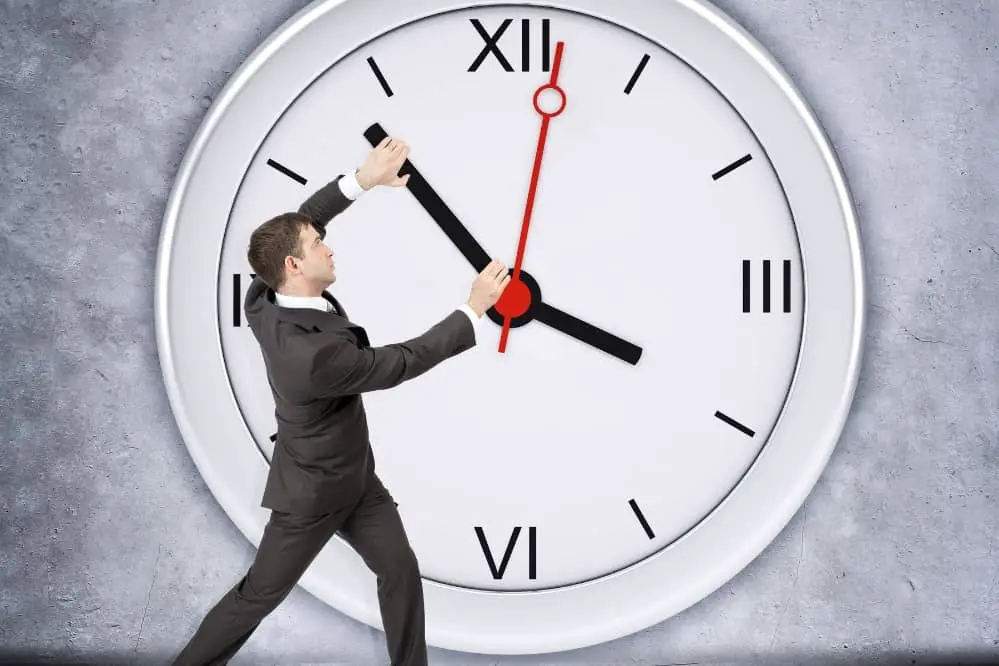Few things are more ubiquitous around the world than clocks. No matter who or where you are, you can almost certainly count on a clock being there. Clocks have undergone many changes over the years, from shadows from sundials to sands slipping through hourglasses to bright LED displays on digital watches. However, the most iconic and enduring designs involve 12 numbers arranged around a circular or rectangular clockface, and a shorter hour hand and longer minute hand pointing at them.
But why is the minute hand always longer than the hour hand?
Why are they called “hands,” anyway?
Minute Versus Hour Hands
The other big difference between hour and minute hands besides size is obviously how often they move. As it turns out, these two factors influence one another. The hour hand moves slower, so there is less need for it to be large, since the time it indicates isn’t going to change as rapidly as that indicated by the minute hand.
Whether it’s 12:00, 12:15, 12:40, or 12:59, the important part there hour-wise remains the same, “12.” The minute indicated, however, keeps changing, and so the hand needs to be large enough that it can be seen and understood at a glance.
By contrast, an hour hand is small and short because it doesn’t need to be seen pointing directly at the hour it indicates since there are only 12 possibilities and each lasts 60 minutes. Realistically, you’re not going to mistake the hour hand pointing at 12 or 6 either, meaning there’s at most only two “real” possibilities the hour hand could be indicating at any moment.
This is presumably also why the second hand is typically even longer and thinner than the minute hand when it is included in a clock. That unit of time is shorter and passes even more quickly than the minute hand, and so needs to be even more obvious.
There is a practical reason for this difference as well. When analog clocks were first introduced centuries ago, they would be physically wound by someone pressing a hand or finger to the minute hand and winding it backward or forward. This is evident in phrases like “move the clocks back.” That word “move” there used to mean actually literally moving the hand of the clock. Making it longer also meant giving more of the hand itself for the finger to move. A shorter minute hand would not only make it blend in more with the hour hand, making them harder to distinguish from one another, but would make it harder for a finger to move it.
Why Are Clock Hands Called Hands?

Speaking of which, we have our fingers to thank for watches being called “hands.” While it is hard to trace the etymology of the terms, “clockfaces” and “hands of a clock” both date back centuries, and likely relate to their likeness to our own face and hands. Your face is circular and eye-level to someone’s gaze, just like a clockface. At the same time, your fingers are used to point at things – including watch hands to tell time, with the hands themselves thus likewise likely being named that way because they point to things.
